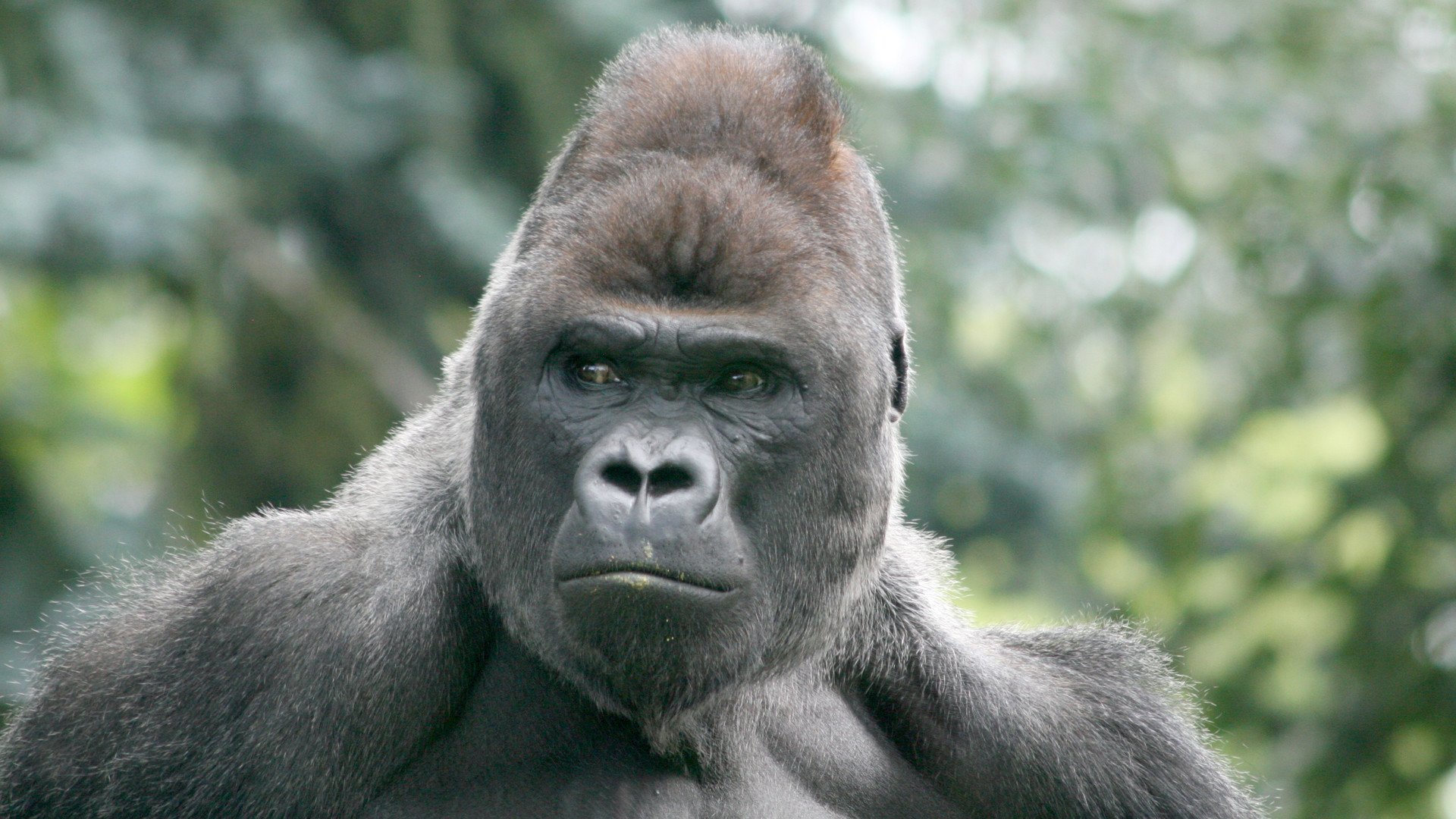The human body contains more microbes than it does human cells. More than 99% of these 1.5 kilos of microbes are found in your intestines. Together they are called the gut microbiota, and they are the most diverse ecosystem in the world. We live together with ‘our’ gut microbiota, which perform all sorts of tasks. They digest our food, they make vitamins and hormones and they train our immune systems. And now, they appear to be even more important than we thought they were. An international group of researchers used intestinal microbes to further unravel our evolutionary kinship with other hominids.
The evolution of our intestinal bacteria shows that humans and gorillas split off millions of years earlier than previously thought.
Evolution
Just like humans, other hominids also have an important symbiotic relationship with their intestinal microbes. The composition of the gut microbiota in humans can be influenced by various factors, such as a person's diet or use of antibiotics, but also by the mode of birth (Caesarean section or vaginal). In hominids in the wild, other factors are important, such as changes in habitat and food. However, the research team found that evolution also plays a significant role.
Faeces
The researchers focused their efforts on the faeces of various African great apes. Just like the intestines, faeces are full of (dead) intestinal bacteria. Using advanced techniques, they identified various types of bacteria in the faeces of chimpanzees from Tanzania, bonobos from Congo, gorillas from Cameroon and humans from the US. With the help of a bacterial gene (gyrase subunit B), the scientists determined the relationship between similar types of bacteria in the different hominids. Between the different types of hosts, individuals of the same type of bacteria can differ rather significantly from one another at the DNA level.
Cospeciation
Based on the mutual relationships between the intestinal bacteria, the researchers were able to look back in time more than 15 million years. They discovered that the mircobiota of hominids evolved in conjunction with their hosts, in a process called cospeciation. As a result, the evolution of hominids could be linked to the evolution of intestinal bacteria – with several pioneering discoveries as a result.
15.6 million years
Previous research into the evolutionary history of hominids primarily focused on the mitochondrial DNA of the hominids themselves. Based on that evidence, for example, the split between the gorillas and the humans was estimated to have occurred some 7.1 to 9.2 million years ago. According to the research group, this split may actually have occurred much earlier than that, some 15.6 million years ago. This opens many doors for further research. One of the researchers even thinks that thanks to intestinal bacteria we may be able to look back as far as 100 million years at common progenitors and their microbes.
Source: Science
